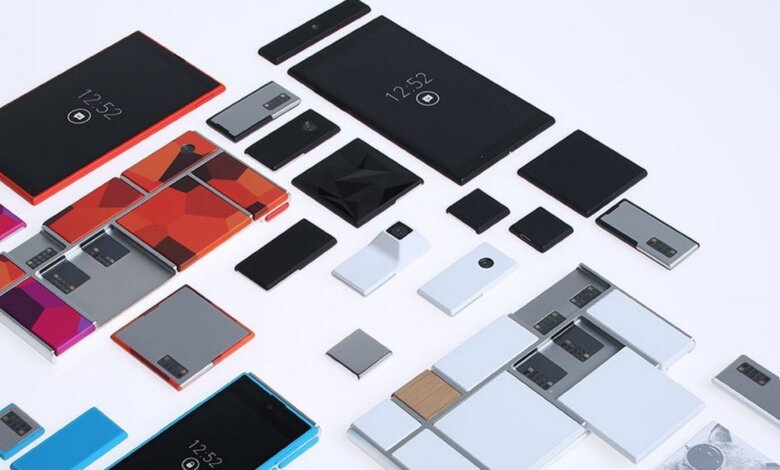Google’s Project Ara Could Be The Future For Smartphones


Google’s Project Ara is a modular smartphone that the company hopes will take the tech world by storm and allow consumers to almost build their own smartphone using different physical modules. Google wants to be able to allow any developer to make modules for the Ara smartphone and so you can choose the functions and specifications that you want.
Project Ara began life with Motorola when the company was owned by Google. When Google sold Motorola in 2014 to Lenovo, Google was able to keep the Advanced Technology and Projects Group which was in charge of Ara. Google is collaborating with Phonebloks on the project, which is a similar project that aims to create a modular smartphone that people will want to keep.
A modular smartphone design will allow anyone to build the smartphone that is perfect for them by modifying the ‘blocks’ that can be inserted into it- this could be an expensive smartphone camera or increased memory. The Project Ara phone would be sold as an exoskeleton at a fixed price and then will have a store where you purchase modules that complete and upgrade the exoskeleton with the functions you with to have. Google is currently working with developers, but standard power and connectivity hardware would allow any developer to build the hardware modules that complete the exoskeleton. A camera module has been announced by Toshiba while Sennheiser is working on audio modules. In addition, 3D Systems will allow anyone to create parts like module shells for the Ara with their own 3D printer.
For the current version of the Ara, Google is working on electro permanent magnets and spring-loaded pins to keep modules in place on the device. Modules will be able to be swapped without turning off the smartphone and a power reserve will allow users to swap the battery too. Google is trying to create an open platform which will allow manufacturers and developers to create modules that aren’t made for a specific device and can work together interchangeably. There will be an Ara Module Developer’s Kit to ensure that modules are created within specifications and guidelines that allow them to fit into the exoskeleton. The Project Ara team is also working on a module marketplace similar to the Google Play store where modules can be bought, and it may allow other companies to sell hardware for the phone through the store too.
Project Ara will run on Android and it is hoped that it will be first in line to get new operating system updates. Even though the modular smartphone will run on Android it is a collaborative development effort and so it not considered an official Android or Nexus project.
The second prototype of the Ara is called Spiral 2 and was unveiled in January along with 11 prototype modules. The Spiral 2 acts a reference for developers and has a large display, light and proximity sensors, a five megapixel camera, speaker module and processor block among other modules. In development is a pollution sensor module and an identity module that could contain IDs, security certificates and more.
The hardware of Spiral 2 is finished but the firmware isn’t and Spiral 3 should develop upon this. Spiral 3 will include wireless syncing and charging instead of the micro USB connection currently used on Spiral 2. Spiral 3 will also support 4G and will have an inductive data connection so that modules will communicate with the phone without physical connections.
Project Ara is not expected to launch until at least 2016, but it is planning a limited pilot study in Puerto Rico this year. It is said that the Ara will cost between $50 and $100 but this may increase or decrease depending on the final cost of materials and the carrier contract chosen. Google has offered tester kits through its website for developers which allows the company to collect opinions and data to push the project forward.
In the future, instead of buying a complete and sealed phone made with the choices and specifications developed by the company who created it, you could be buying a simple skeleton of a phone which allows you to build it to your own specifications. Modules may even be able to be 3D printed so that they’re personalised and specific to you in both design and function.




